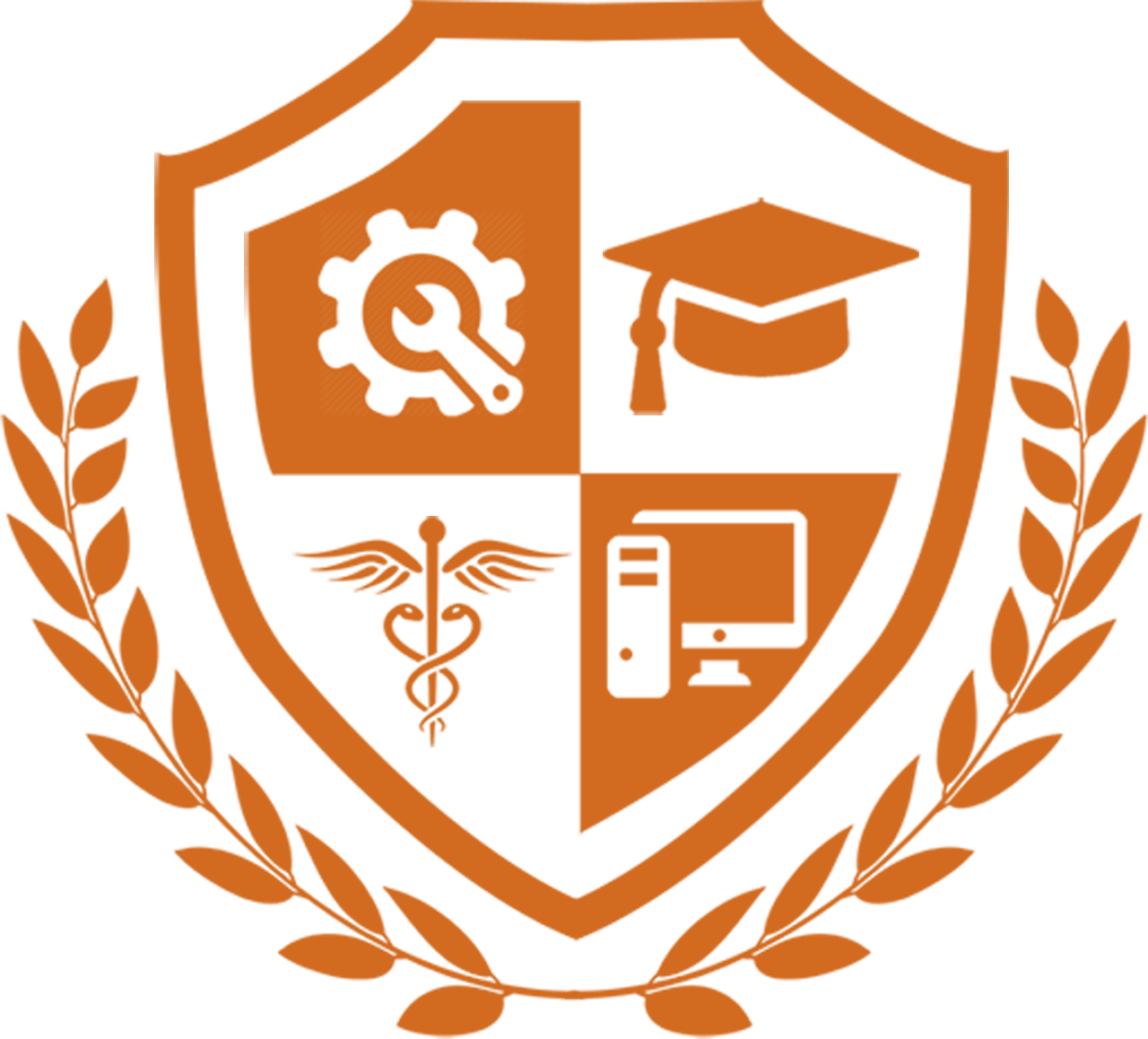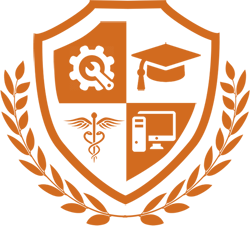Personalized education through small class sizes and individual attention is a key factor in achieving strong learning outcomes and career readiness. At Austin Career Institute (ACI), this approach is central to the educational experience. Smaller classes and tailored instruction allow our students to gain practical skills efficiently, preparing them for in-demand trade careers. In contrast, larger trade schools, community colleges, and major universities often have bigger class sizes and less focus on individualized support, which can impact the quality of education and delay workforce entry.
Below, we explore how ACI’s model benefits students by providing more instructor access, hands-on training, and job-specific preparation. We compare these advantages to the challenges of larger institutions, demonstrating why personalized education is a superior choice for career-focused learners. We also address the power of small class sizes, the value of personalized instruction, and the direct impact on career readiness.
Below, we explore how ACI’s model benefits students by providing more instructor access, hands-on training, and job-specific preparation. We compare these advantages to the challenges of larger institutions, demonstrating why personalized education is a superior choice for career-focused learners. We also address the power of small class sizes, the value of personalized instruction, and the direct impact on career readiness.
The Benefits of Small Class Sizes
Small class sizes are a cornerstone of effective technical education, offering students a focused and interactive learning environment. At ACI, classes typically range from 10 to 20 students, a stark contrast to the 50 or more often found at larger trade schools, community colleges, or universities. This intentional design applies across all programs, ensuring that each student receives ample attention and resources. Smaller groups mean instructors can dedicate time to every individual, fostering a deeper understanding of critical skills like wiring electrical panels or performing patient assessments.
The benefits of this approach are clear. Students in small classes have more opportunities to engage directly with instructors, asking questions and receiving immediate, detailed feedback. For example, a phlebotomy student learning venipuncture can practice under close supervision, perfecting their technique with guidance rather than waiting for help in a crowded lab. This direct interaction builds confidence and competence, which are essential for mastering the hands-on tasks required in trade careers. Additionally, smaller classes create a collaborative atmosphere where students can learn from each other, further enhancing their skills.
In comparison, larger institutions often struggle to replicate these advantages:
ACI’s commitment to small class sizes addresses these challenges head-on. By keeping groups manageable, the school ensures that every student gets the time and attention needed to excel. This structure not only accelerates learning in fast-track programs but also prepares graduates to step confidently into the workforce, equipped with the skills employers demand from this approach to personalized education.
The benefits of this approach are clear. Students in small classes have more opportunities to engage directly with instructors, asking questions and receiving immediate, detailed feedback. For example, a phlebotomy student learning venipuncture can practice under close supervision, perfecting their technique with guidance rather than waiting for help in a crowded lab. This direct interaction builds confidence and competence, which are essential for mastering the hands-on tasks required in trade careers. Additionally, smaller classes create a collaborative atmosphere where students can learn from each other, further enhancing their skills.
In comparison, larger institutions often struggle to replicate these advantages:
Other trade schools: At bigger trade schools, the focus may shift toward enrolling high numbers of students, leading to packed classrooms where individual needs get overlooked.
Community colleges: Community colleges, while affordable, frequently place students in classes of 30 or more, with limited lab time due to a broader curriculum that includes general education courses unrelated to trade skills.
Larger universities: Major universities take this further, with lecture halls holding hundreds of students and minimal access to professors, especially for hands-on training. In such settings, students pursuing technical careers — like installing HVAC systems or drawing blood — may find themselves competing for equipment and instructor support, slowing their progress and leaving gaps in their practical knowledge.
ACI’s commitment to small class sizes addresses these challenges head-on. By keeping groups manageable, the school ensures that every student gets the time and attention needed to excel. This structure not only accelerates learning in fast-track programs but also prepares graduates to step confidently into the workforce, equipped with the skills employers demand from this approach to personalized education.
Tailoring Education to the Individual
Personalized instruction is a defining feature of the educational experience at ACI, where instructors tailor their teaching to meet each student’s unique needs. Unlike one-size-fits-all approaches, this method adapts to individual learning paces and styles across programs like medical assistant, electrical technician, HVAC tech, and phlebotomy technician training. Instructors focus on practical, job-specific skills — such as troubleshooting an HVAC system’s refrigerant issues or mastering medical charting — ensuring students gain the exact competencies required for their future careers. This flexibility allows for customized lessons, whether a student needs extra practice with electrical theory or a deeper dive into patient communication techniques.
The advantages of personalized instruction are significant. Students build confidence as they master skills with guidance tailored to their strengths and weaknesses. For instance, an HVAC student struggling with ductwork installation can receive targeted coaching, while a phlebotomy student excelling at venipuncture might move quickly to advanced techniques. This individualized support accelerates progress in ACI’s fast-track programs, enabling students to complete training and enter the workforce sooner.
Moreover, instructors can identify and address gaps in understanding — like a medical assistant unsure of sterilization protocols — ensuring no one falls behind. This hands-on, adaptive approach fosters a sense of preparedness that generic teaching can’t match.
In contrast, larger institutions often lack this level of customization. At bigger trade schools, standardized curriculums prioritize efficiency over individual progress, leaving little room for instructors to adjust lessons. A student needing extra help with wiring circuits might get lost in the shuffle as the class moves forward.
Community colleges, with their broader academic scope, dilute focus on trade-specific skills, offering less direct support for practical tasks like soldering or taking vital signs. Major universities, meanwhile, often employ faculty more focused on research than teaching, resulting in an impersonal experience where students rarely receive one-on-one attention. In these settings, the lack of personalization can hinder skill development, especially for hands-on trades.
ACI’s emphasis on personalized instruction sets it apart by putting the student first. Instructors don’t just teach — they mentor, guiding each learner toward mastery at their own pace. This approach ensures graduates are not only technically proficient but also ready to meet real-world challenges, from diagnosing electrical faults to caring for patients. While larger schools may churn out more graduates, they rarely match the depth of preparation that comes with individualized education.
The advantages of personalized instruction are significant. Students build confidence as they master skills with guidance tailored to their strengths and weaknesses. For instance, an HVAC student struggling with ductwork installation can receive targeted coaching, while a phlebotomy student excelling at venipuncture might move quickly to advanced techniques. This individualized support accelerates progress in ACI’s fast-track programs, enabling students to complete training and enter the workforce sooner.
Moreover, instructors can identify and address gaps in understanding — like a medical assistant unsure of sterilization protocols — ensuring no one falls behind. This hands-on, adaptive approach fosters a sense of preparedness that generic teaching can’t match.
In contrast, larger institutions often lack this level of customization. At bigger trade schools, standardized curriculums prioritize efficiency over individual progress, leaving little room for instructors to adjust lessons. A student needing extra help with wiring circuits might get lost in the shuffle as the class moves forward.
Community colleges, with their broader academic scope, dilute focus on trade-specific skills, offering less direct support for practical tasks like soldering or taking vital signs. Major universities, meanwhile, often employ faculty more focused on research than teaching, resulting in an impersonal experience where students rarely receive one-on-one attention. In these settings, the lack of personalization can hinder skill development, especially for hands-on trades.
ACI’s emphasis on personalized instruction sets it apart by putting the student first. Instructors don’t just teach — they mentor, guiding each learner toward mastery at their own pace. This approach ensures graduates are not only technically proficient but also ready to meet real-world challenges, from diagnosing electrical faults to caring for patients. While larger schools may churn out more graduates, they rarely match the depth of preparation that comes with individualized education.
Why ACI Stands Out
ACI distinguishes itself by combining small class sizes and personalized attention into a formula that maximizes student success. This approach creates a superior learning environment where hands-on training and individual guidance produce confident, skilled graduates. Our fast-track programs — medical assistant, electrical technician, HVAC tech, and phlebotomy technician — prioritize efficiency without compromising quality, allowing students to launch their careers sooner. Unlike larger trade schools that may focus on volume, or community colleges and universities that dilute trade-specific training, ACI keeps its mission clear: preparing students for the workforce with precision and care.
If you’re ready to launch a career in a high-demand trade, ACI offers the ideal starting point. Whether your goal is to become a medical assistant, electrical technician, HVAC tech, or phlebotomy technician, our programs provide the skills and preparation you need to succeed. Don’t settle for crowded classrooms or generic curriculums — choose an education that puts you first. Visit us online to learn more and enroll today.
Your future in a rewarding trade career begins with personalized education at ACI!
If you’re ready to launch a career in a high-demand trade, ACI offers the ideal starting point. Whether your goal is to become a medical assistant, electrical technician, HVAC tech, or phlebotomy technician, our programs provide the skills and preparation you need to succeed. Don’t settle for crowded classrooms or generic curriculums — choose an education that puts you first. Visit us online to learn more and enroll today.
Your future in a rewarding trade career begins with personalized education at ACI!


